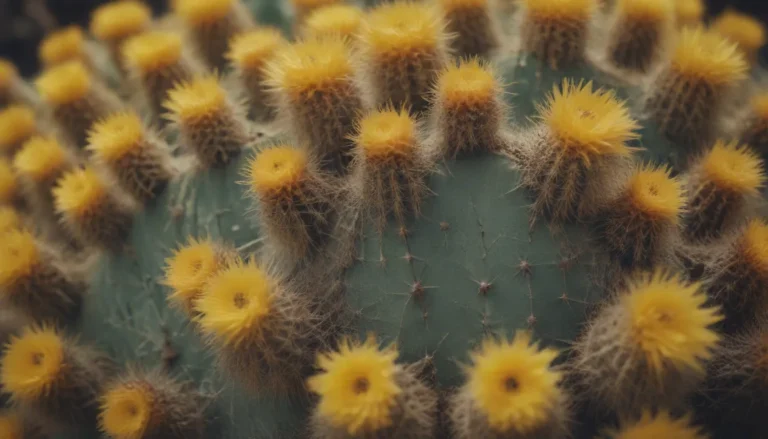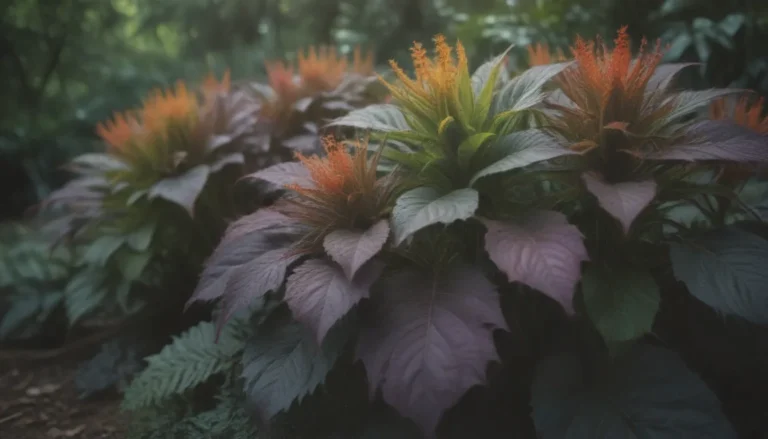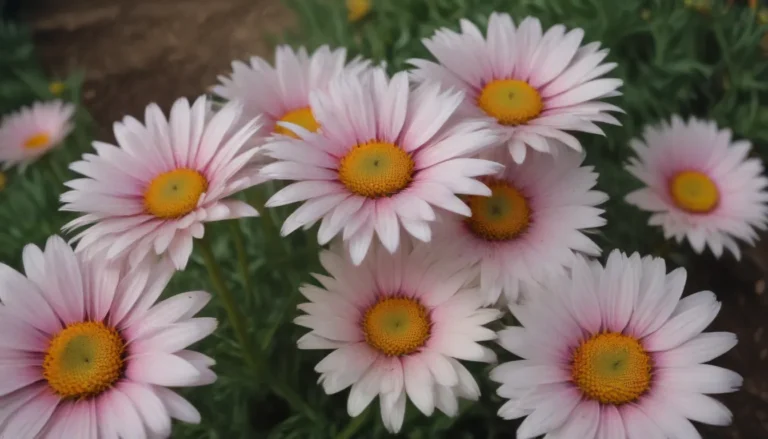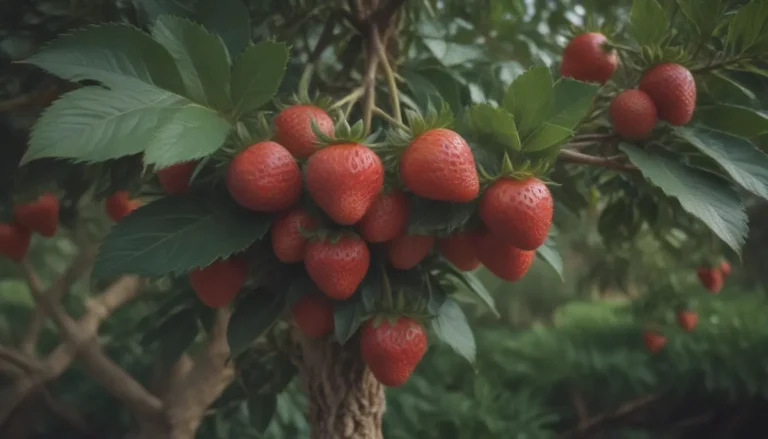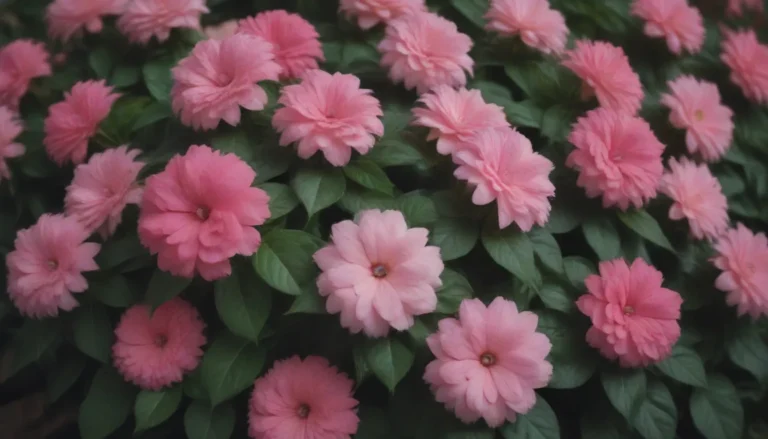Ultimate Guide to Growing and Caring for Bear’s Breeches
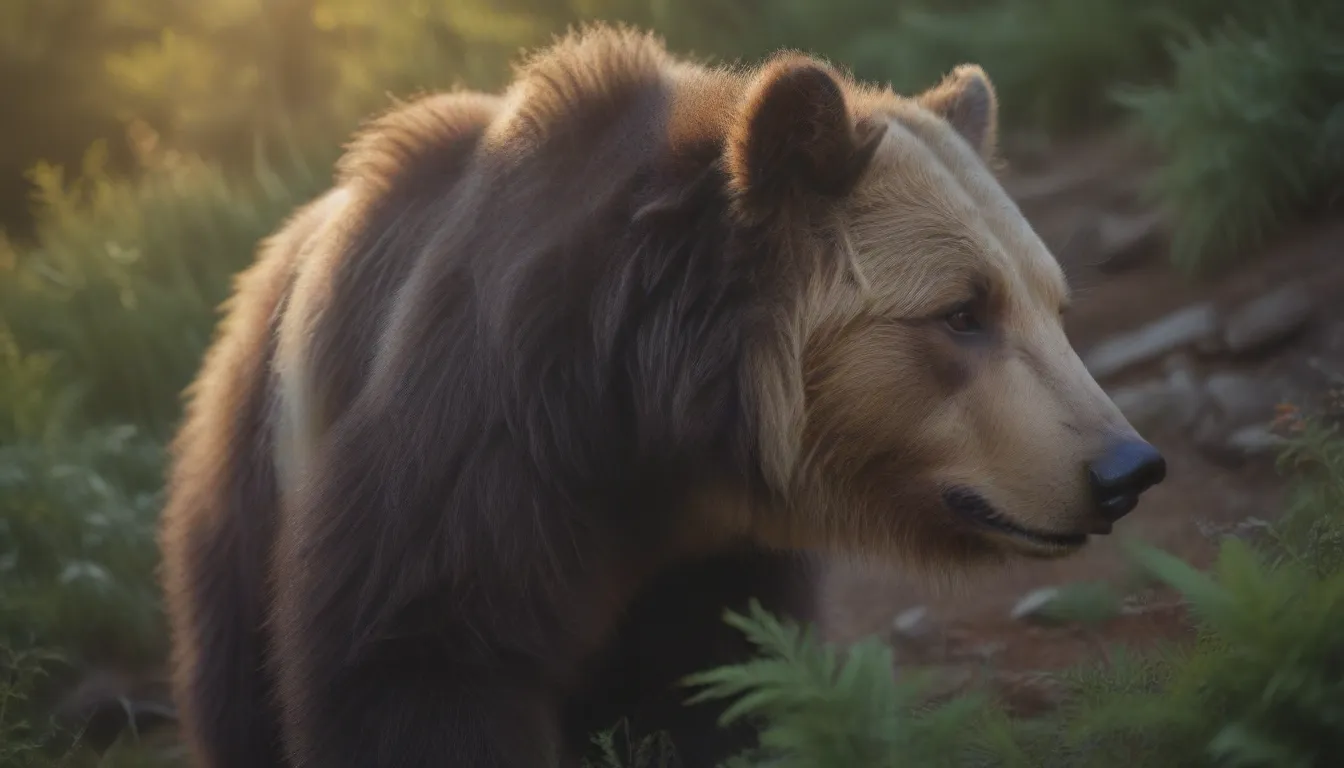
Are you looking for a stunning addition to your garden that will turn heads and impress all who see it? Look no further than Bear’s Breeches, also known as Acanthus. These large perennial plants boast glossy green leaves and tall spikes of flowers that are sure to make a statement in any garden.
Bear’s breeches are known for their wide, spreading nature, requiring at least 3 to 4 feet of garden space each to thrive. They prefer full sun to partial shade and thrive in rich soil. Once established, these plants are drought-resistant, making them a low-maintenance choice for gardeners.
Bear’s Breeches Care Tips
Light
- Bear’s breeches thrive in full sun to partial shade.
- Ensure they receive at least a few hours of sun each day to promote healthy blooming.
Soil
- These plants prefer rich soil with plenty of compost or organic matter.
- Good drainage is essential, especially in winter to prevent root rot.
Water
- While drought-resistant, bear’s breeches perform best with regular watering.
- Aim for around an inch of water per week to keep them healthy and happy.
Temperature and Humidity
- Bear’s breeches are hardy plants, but protect them during their first couple of winters with a thick layer of mulch.
- In colder zones, continue this practice to protect them throughout their lifespan.
Fertilizer
- Bear’s breeches do not require heavy feeding.
- Start with a rich soil and add compost annually.
- Use a balanced fertilizer in spring or midsummer if needed, following product label instructions.
Types of Bear’s Breeches
There are several varieties of Bear’s Breeches to choose from, including Acanthus balcanicus var. hungaricus, Acanthus mollis, and Acanthus spinosus.
Pruning Tips
- In hot climates, you can cut back bear’s breeches after flowering to encourage fresh new foliage.
- In colder regions, leave the plants standing to allow the leaves to protect the crown.
- Wait until new growth appears in the spring before cutting back any damaged or declining leaves.
Propagating Bear’s Breeches
- Bear’s breeches propagate easily on their own, but you can also propagate them by dividing the plants or taking root cuttings.
- Dividing mature plants helps keep them healthy and blooming their best.
Growing Bear’s Breeches from Seed
- Bear’s breeches can be grown from seed, but it will take time for them to establish and bloom.
- Start seeds indoors in the spring or sow them directly in the garden for germination in 21 to 25 days.
- Be patient, as it may take several years for them to bloom after establishing their root system.
Potting and Repotting Tips
- Bear’s breeches grow well in containers and pots.
- Take new plants from divisions in the garden and plant them in pots filled with a mix of potting soil and peat moss for attractive foliage on your patio.
Overwintering
- Cover young plants with a thick layer of mulch in winter to protect them.
- In Zone 6 and lower, continue this practice throughout the plant’s life.
Common Pests & Plant Diseases
- While insects are not a significant issue, bear’s breeches can be susceptible to powdery mildew and other fungal diseases.
- Ensure good air circulation and treat with homemade fungicide if needed.
- Watch out for slugs and snails, particularly in damp soil, and control them with salt spray or diatomaceous earth.
How to Get Bear’s Breeches to Bloom
- The foliage of bear’s breeches is arching, shiny, and dark green, making them architectural plants in any garden.
- Expect blooms in late spring to midsummer, lasting 3 to 4 weeks.
- To encourage blooming, ensure they receive a few hours of direct sun daily.
- Deadhead at the end of the season to promote healthy growth and blooms in the following year.
In conclusion, Bear’s Breeches are stunning plants that can add a touch of elegance to any garden. With the right care and attention to their needs, you can enjoy these beautiful flowers for years to come. So, whether you’re a seasoned gardener looking to expand your collection or a newbie eager to try something new, consider adding Bear’s Breeches to your garden for a truly show-stopping display.
Remember, while bear’s breeches are relatively low-maintenance once established, they still require some care and attention to thrive. By following these tips and tricks, you’ll be well on your way to growing healthy, vibrant bear’s breeches that will be the envy of all your gardening friends. Enjoy the process and watch as your garden transforms into a beautiful oasis with the addition of these stunning plants.
